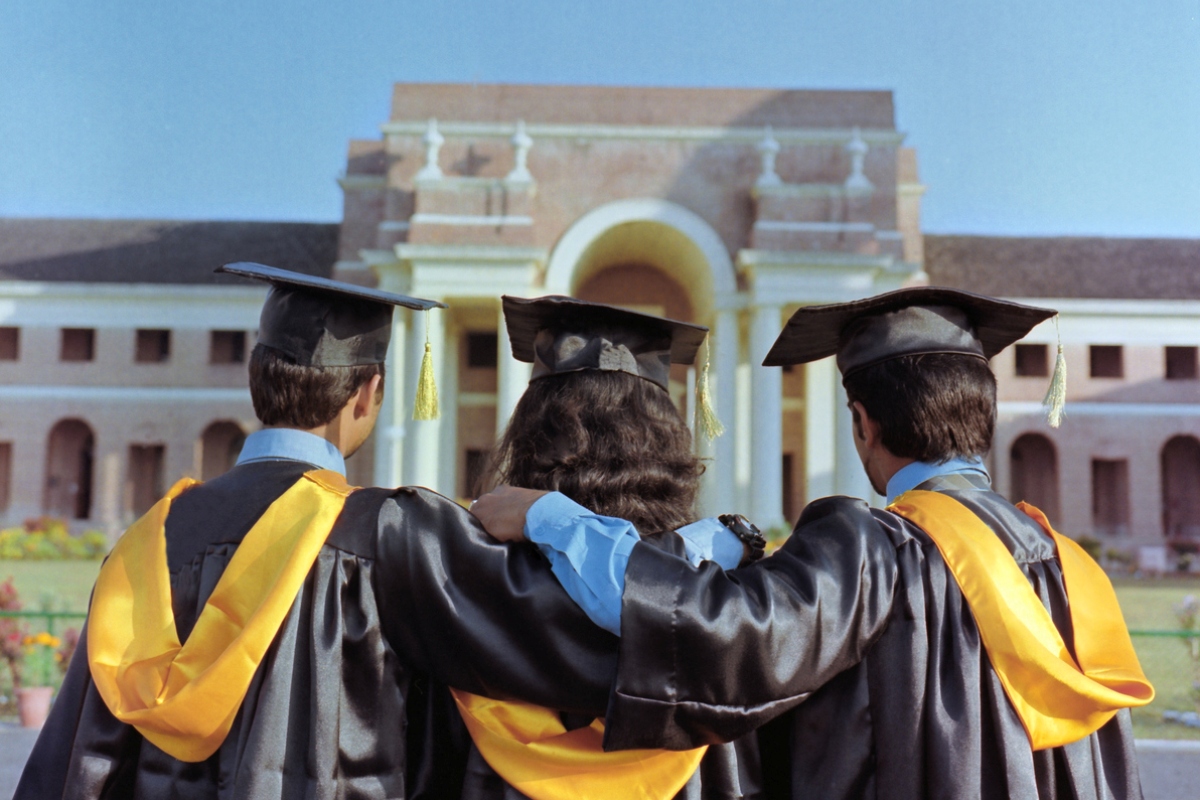Large gaps separate the haves and feature-not in American better schooling, whether or not talking about college students, teachers, or establishments. A new ebook, Unequal Higher Education: Wealth, Status and Student Opportunity (Rutgers University Press), specializes in these gaps and their effect on students.
The authors are Barrett J. Taylor, an associate professor of higher training at the University of North Texas, and Brendan Cantwell, an associate professor of higher, adult, and lifelong schooling at Michigan State University. They replied to questions about their ebook via email.

Q: What are the pinnacle inequities in American better training?
A: The finest inequality in an absolute feel is the distance between the “tremendous-elite” personal universities and tuition-established “vulnerable” faculties and universities, most of which are additionally personal. While tremendous-elite places might also trade high training charges, they spend even more lavishly. Scholars at brilliant-elite institutions revel in a large subsidy irrespective of their pay. And the social price enjoyed by the sign of attending Harvard or Stanford University is vast.
Material sources and cultural practices are tightly linked. By contrast, students get a small and, occasionally, no subsidy at vulnerable schools and universities. This approach that few sources are dedicated to students’ schooling. Further, because those campuses generally tend no longer to be selective, they provide little social distinction.
That stated, we suppose the maximum consequential inequality is the space wherein smaller nonselective public faculties and universities used to be and where they are now. At the start of our evaluation, no public establishments had been categorized as prone. By the end of our study, dozens of public establishments had emerged as inclined. Training rose sharply for students at these establishments, and subsidies
fell dramatically. These campuses tend to enroll black and Native college students and decrease-profits students at higher quotes than different institutions. When these establishments go through, so do the students whom they serve. Widening inequalities amongst public establishments are problematic for those interested in inequalities among people and groups.
Q: Much attention in the past 12 months has focused on the wealth of the wealthiest universities—think of the endowment tax or the gift to Johns Hopkins University. Is it part of the solution to your problems, such as proscribing or taxing the price range that visits or is held by the wealthiest schools?
A: As we talk under, we suppose targeted reinvestment by way of the states into establishments that serve racially numerous institutions of college students is the quality method to ease inequality. That stated we agree that incentivizing non-public donors to help establishments whose budgets, belongings, and operations extra closely resemble charities is a good idea, too. Currently, public and private price ranges disproportionally float to establishments with the most assets. Taxing the biggest endowments or capping the size of
personal tax-exempt items has floated as coverage solutions to this hassle. However, no person benefits if there are fewer resources for better schooling. Restricting accumulation similarly by the wealthiest institutions will help if the budget floats to institutions that fulfill their missions but are strapped for assets. Of path, the devil is within the information. Our countrywide habit in higher schooling has been to make the rich richer and more exclusive. Breaking that addiction is hard paintings.
Q: Your ebook notes that states fund smaller shares of public schools’ budgets than become as soon as the norm. You recommend that this be reversed. But do you feel it will take a few of the public to accomplish that?
A: This is a difficult query. There is a huge public agreement that the number of lessons at public faculties and universities is too excessive. One way to lessen lessons is to reinvest public greenbacks in better education. Yet, according to a survey completed by American Public Media and the Hechinger Report, many residents are unaware that kingdom governments are now receiving more contributions training than they did as soon as they did. By evaluation, most people are privy to rising lesson fees. In this context, many human beings doubt that colleges want more.
Another problem is that elevating revenue through taxation is a difficult political promotion, particularly for the electorate that favors a Republican Party, which has to emerge as openly antagonistic to using taxation to provide public offerings. Pew and different organizations have proven that public belief in higher schooling is down, mainly among Republicans. However, human beings see the benefit of higher education for themselves and their community.
We argue that the best way to generate the political will for reinvestment is to make the case that better schooling is good now, not just for people who graduate but also for the public. Right now, higher education is taught transactionally — human beings go to university to get a task and need a very good
ROI to make it worth it. We don’t deny that workforce outcomes are important. However, when people have extracted their benefits, it is hard to persuade them to reinvest in a machine that supports other humans with whom they may compete for jobs. Divestment hurts all members of the next technology. They are conceiving higher schooling as something that greatly blesses the public and offers a surer basis for reinvestment. Our questioning is encouraged by using people like Danielle Allen and David.
Labaree, who perceive the civic and intrinsic price of better training. To make this example, colleges and universities need to engage with the public better, explaining what they do and why it subjects. Simultaneously, effective voices- including massive foundations and political actors- want to make unapologetic claims for the benefits of higher schooling. These benefits are social, civic, cultural, individual, and monetary.
